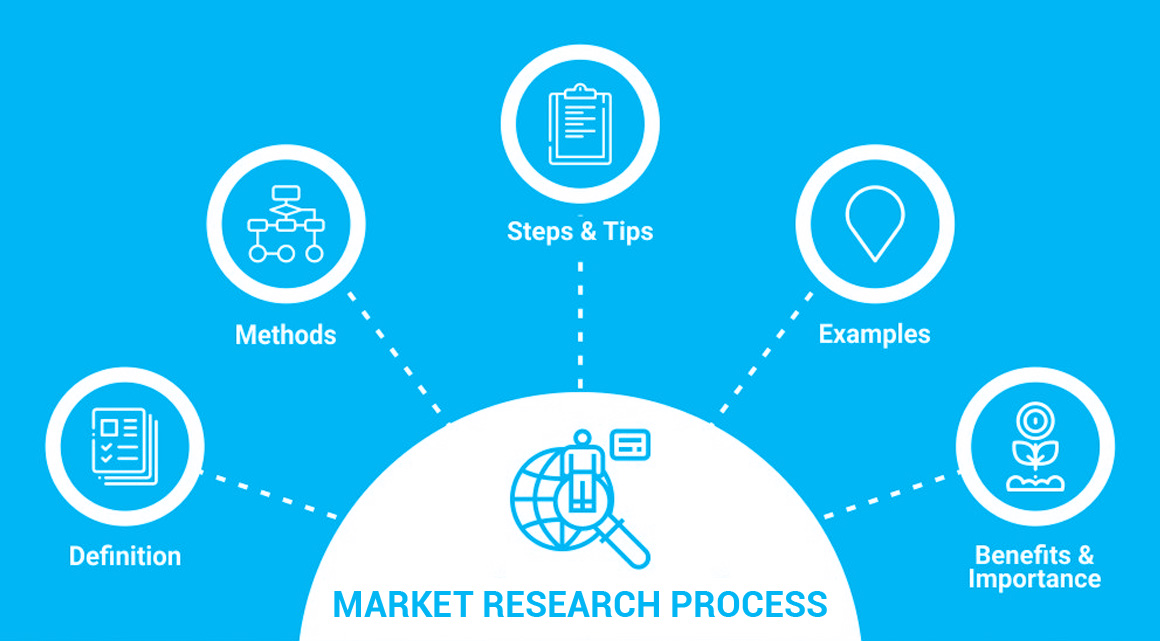
The global market for rheumatoid arthritis treatments is expected to grow at a CAGR of...
Learn More
Our consulting solutions address company specific challenges with respect to micro environment...
Learn More
Organizations frequently need day-today research guidancein order to gain strategic...
Learn More
Exploring different areas of market research and market analysis is a key factor...
Learn MoreAcute Market Reports presents the most extensive global business research services across industries. Our research studies focus on potential outcomes, benefits, and risks associated with each market segment across geographies. Having served our global clients for more than 10 years, our prime priority is to enable our clients in making well-informed business decisions through a data-driven, analytical, and uncomplicated research approach.
We provide access to the world's most comprehensive, analytical, and updated business intelligence services and solutions.




The monopolar electrosurgery instrument market is expected to grow at a CAGR of 5.0% during the forecast period of 2025 to 2033. Monopolar electrosurgery instrument market involves devices that use electric current to cut, coagulate, desiccate, or fu...
Read More
The metal-cutting machine market is expected to grow at a CAGR of 4.5% during the forecast period of 2025 to 2033. The metal-cutting machine market is set for steady growth from 2025 to 2033, driven by various product types, applications, and geograp...
Read More
The silyl acrylate polymer market is poised for substantial growth, projected to achieve a remarkable CAGR of 8.5% during the forecast period spanning from 2025 to 2033. This growth trajectory is underpinned by a confluence of factors that have redef...
Read More




